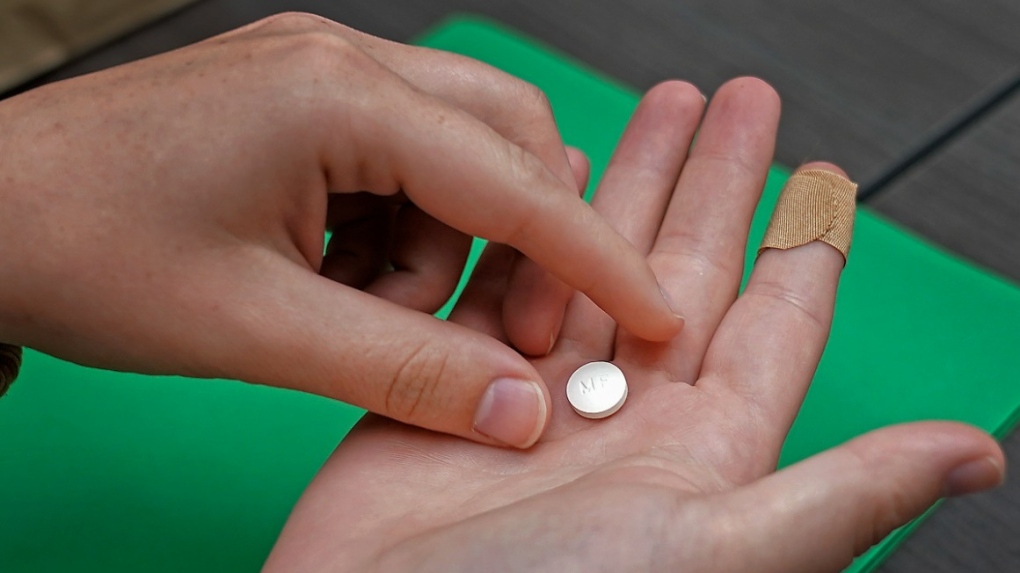Exploring the Safety Record of the Abortion Pill as U.S. Courts Consider Mifepristone

The use of mifepristone, a drug widely used in abortions, is under legal threat despite decades of safety data supporting its use. Mifepristone is a standard part of a two-drug regimen used to end pregnancies and was used in more than half of U.S. abortions in 2020. Anti-abortion doctors and others sued the U.S. Food and Drug Administration (FDA) late last year, challenging the drug's initial approval in 2000 and subsequent changes that broadened access. The group claims that the drug is unsafe, that the FDA improperly approved it, and that it is illegal to send through the mail. The U.S. District Court judge first hearing the case sided with the group. The case is now under review by the U.S. Fifth Circuit Court of Appeals in New Orleans and could ultimately be decided by the Supreme Court.
However, scientific evidence originally used in the FDA's approval process consistently confirms the drug's safety, according to Thomas Kosasa, an obstetrician gynecologist at the University of Hawaii in Honolulu, who served on a 1996 committee that advised the FDA. The drug's safety has been further confirmed by decades of data collected in the United States and around the world, says Lauren Owens, an obstetrician gynecologist at the University of Washington Medical Center in Seattle. In 2020 alone, nearly 500,000 medication-induced abortions were performed in the U.S. using mifepristone and a second drug, misoprostol, to terminate pregnancies. The drugs are also used to manage miscarriages. Doctors and scientists are concerned that the court's decision could limit access to the drug, even in states where abortion is legal.
The FDA's Reproductive Health Drugs Advisory Committee evaluated mifepristone in 1996, reviewing data on the drug's safety and efficacy and voting on its U.S. use. At that time, the drug had already been approved in France, England, Sweden, and China. The committee's meeting was held in a small building north of Rockville, Maryland and was heavily guarded due to concerns for the safety of the members due to recent clinic violence. The meeting was open to the public but required extensive security measures, including metal detectors and bag scans. Two clinical trials in France and an ongoing trial in the U.S. provided the data for the committee's vote. Mifepristone has since become a widely used and safe treatment for early pregnancy termination.
During French trials, mifepristone was effective in around 95 percent of women with minimal severe side effects, such as severe bleeding. Although some women reported experiencing painful contractions, nausea, vomiting, or diarrhea, these are expected side effects of the medication. The committee responsible for reviewing mifepristone's use voted 6 to 0 that its benefits exceeded the risks, leading to its approval by the FDA in 2000, with some restrictions. These restrictions included taking the medication under doctor supervision, up to seven weeks of pregnancy. Patients had to visit the office three times - once for mifepristone, once for misoprostol, and once for a follow-up visit.
Despite mifepristone's safety record, some concerns were raised, and the drug's use was restricted in 2016. However, the COVID-19 pandemic led to changes that allowed people to access mifepristone by mail, without in-person visits. According to a study, mifepristone was 95 percent effective in terminating pregnancies, and serious complications were rare, even without traditional pre-abortion exams. This data suggests that doctors can safely prescribe mifepristone.
In Canada, mifepristone became widely available in 2017, and doctors can prescribe it without restrictions. The availability of the medication led to a decrease in surgery-induced abortions by 69 percent, indicating the drug's safety. This outcome is significant since medication abortion is safer than childbirth.
Restricting or banning mifepristone would be devastating for marginalized and low-income populations, who already find abortion inaccessible. The Supreme Court ruling allows the drug's use while the case proceeds with the Fifth Circuit. However, the final decision on the drug's use will impact the FDA's ability to evaluate and approve safe drugs like mifepristone.
Our mission is to provide accurate, engaging news of science to the public. That mission has never been more important than it is today.
As a nonprofit news organization, we cannot do it without you.
Your support enables us to keep our content free and accessible to the next generation of scientists and engineers. Invest in quality science journalism by donating today.




